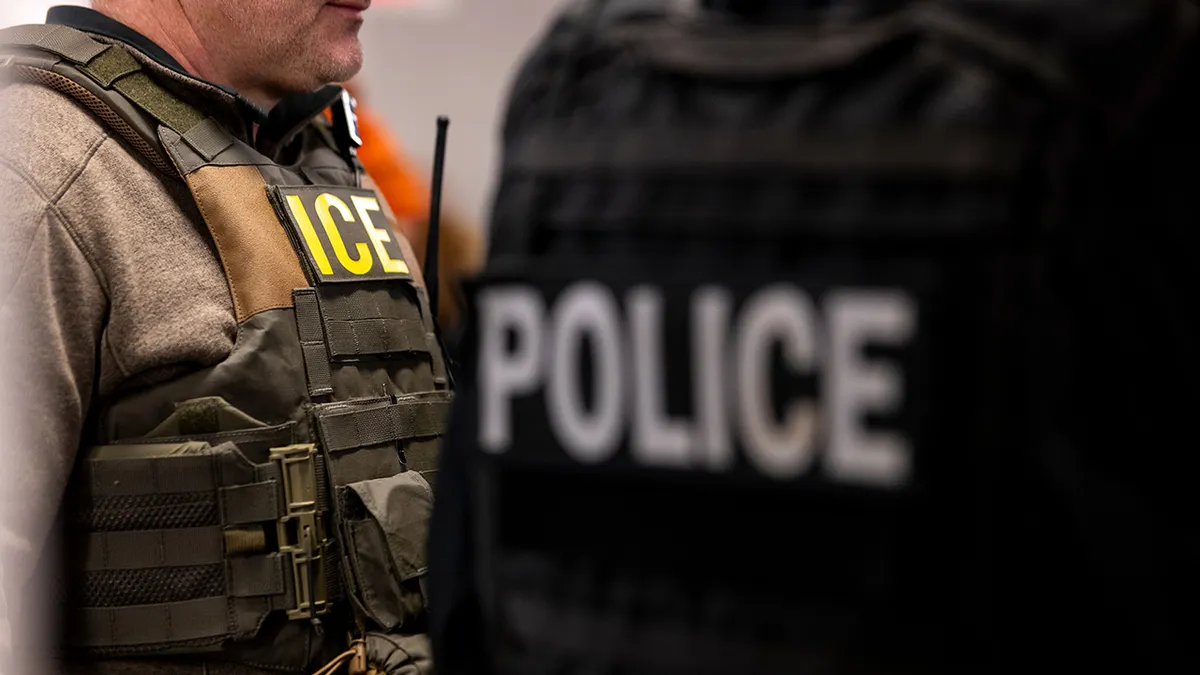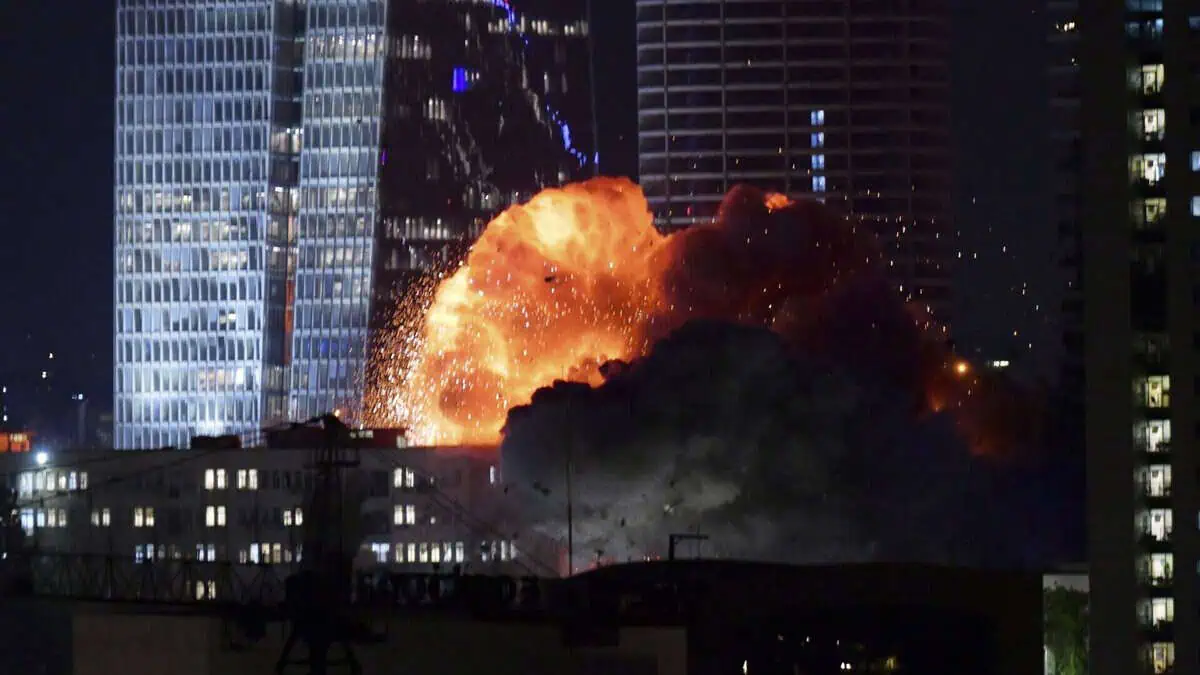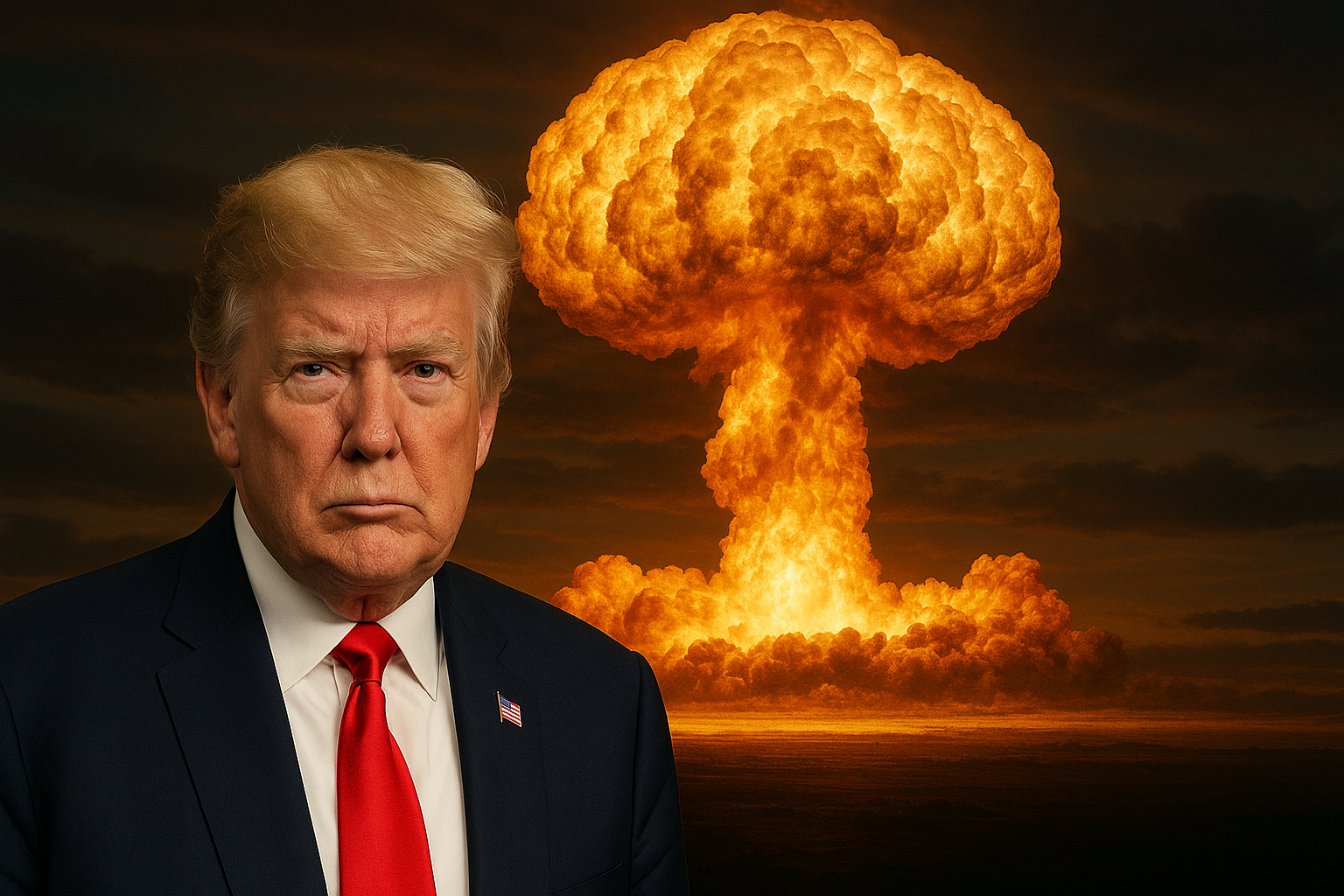United States 2025: Deportations, Harsh Laws and the Impact on the Latino Community

The current situation in the U.S. has reached a critical point. Since January, the federal government has intensified deportations, militarized cities like Los Angeles, and passed strict immigration laws that have created fear and division nationwide. The result: empty streets, anxious Latino communities, and urban economies under pressure.
Raids and Militarization: The New Urban Reality — ICE operations in Los Angeles have led to over 500 arrests in just days. Raids in warehouses, parking lots and restaurants have generated what locals describe as "terror." The deployment of 4,000 National Guards and 700 marines has created an atmosphere of constant surveillance.
Federal Policies and Controversial Laws — President Trump has enforced his anti-immigration stance with Executive Order EO 14159, which expands expedited removals and cuts funding to sanctuary cities. Additionally, the bipartisan-supported Laken Riley Act allows for detention without bail of undocumented immigrants accused of minor crimes.
Human Impact: Broken Families and Constant Fear — Latino communities, even legal residents, are living in fear. Stories like that of Kilmar Abrego, deported after years of honest work, are becoming common. Schools, churches, and businesses are seeing declining attendance. Social life has halted amid fear of persecution.
Political and Social Reaction — Governors like Gavin Newsom have demanded federal withdrawal. Immigrant rights organizations are mobilizing legal aid, shelters, and mass protests. Meanwhile, Congress remains divided between hardliners and those calling for a path to citizenship.
Economic Fallout and Polarization — The economic toll is significant: agriculture, construction, and hospitality face labor shortages. Spending in Latino neighborhoods has dropped sharply, impacting both major brands and local businesses.
Conclusion — The U.S. is facing one of its most intense immigration crises. Decisions made now will shape the future of millions. The question remains whether the country will continue down a path of hardline enforcement or move toward a humane and structural solution.










